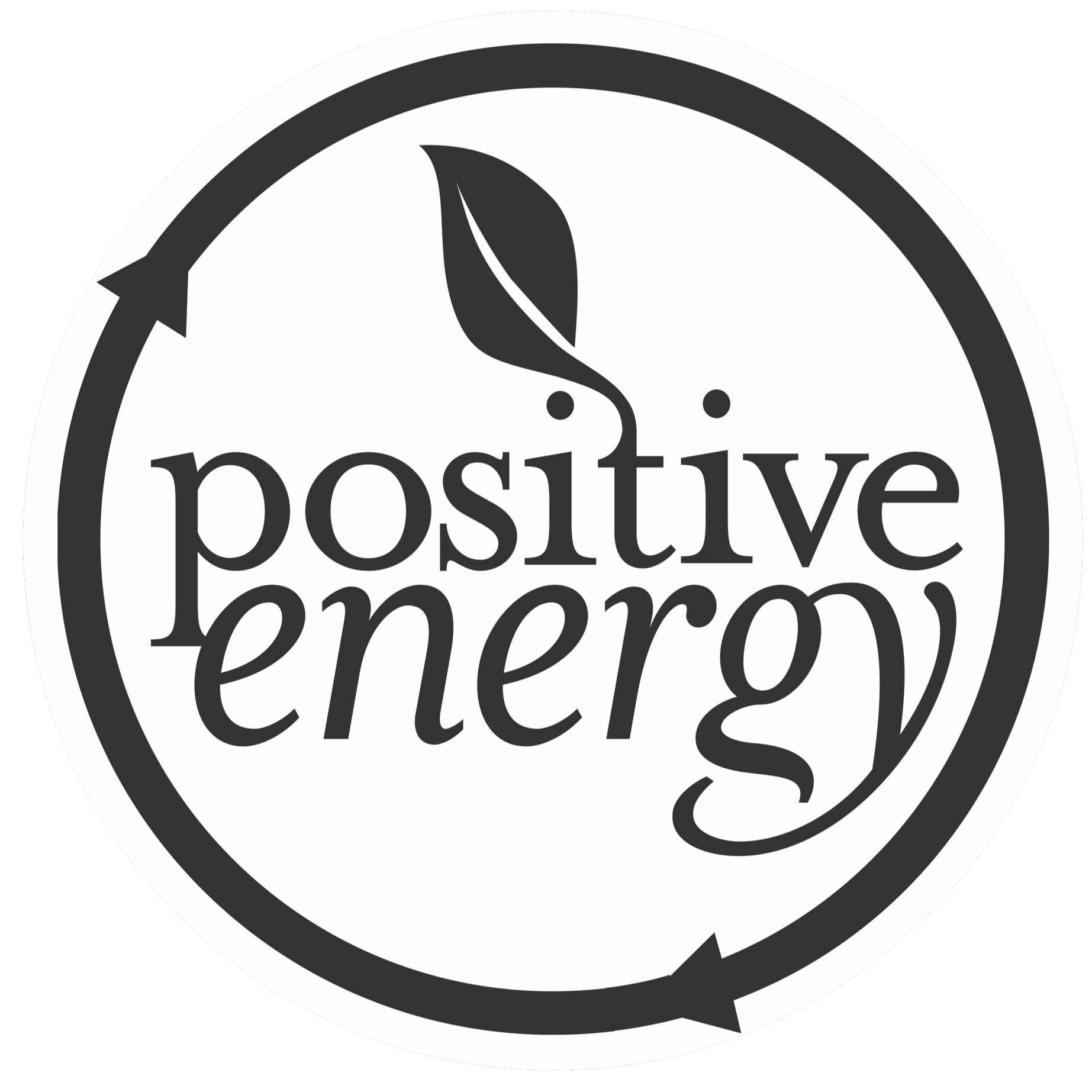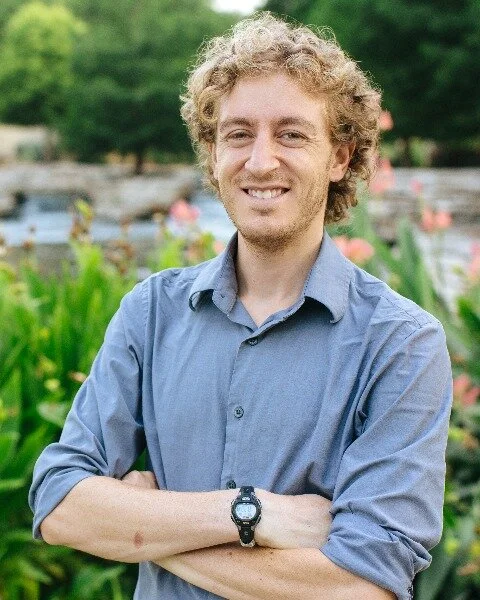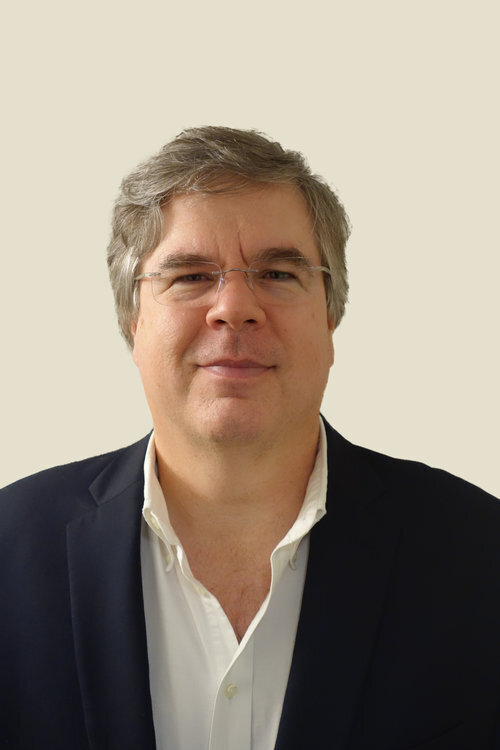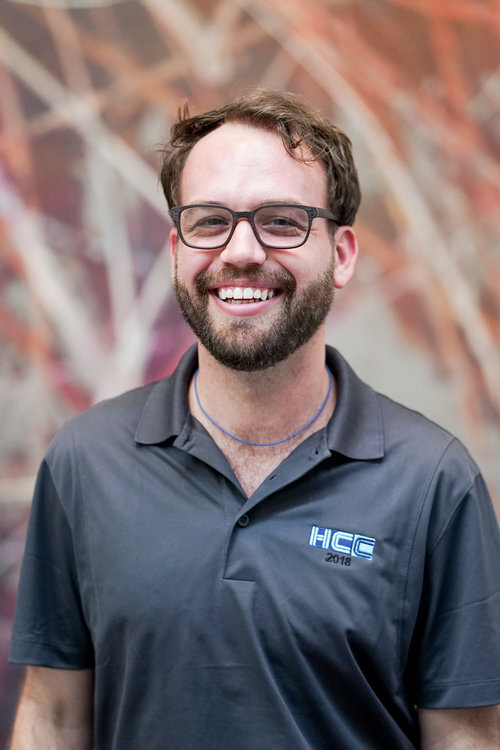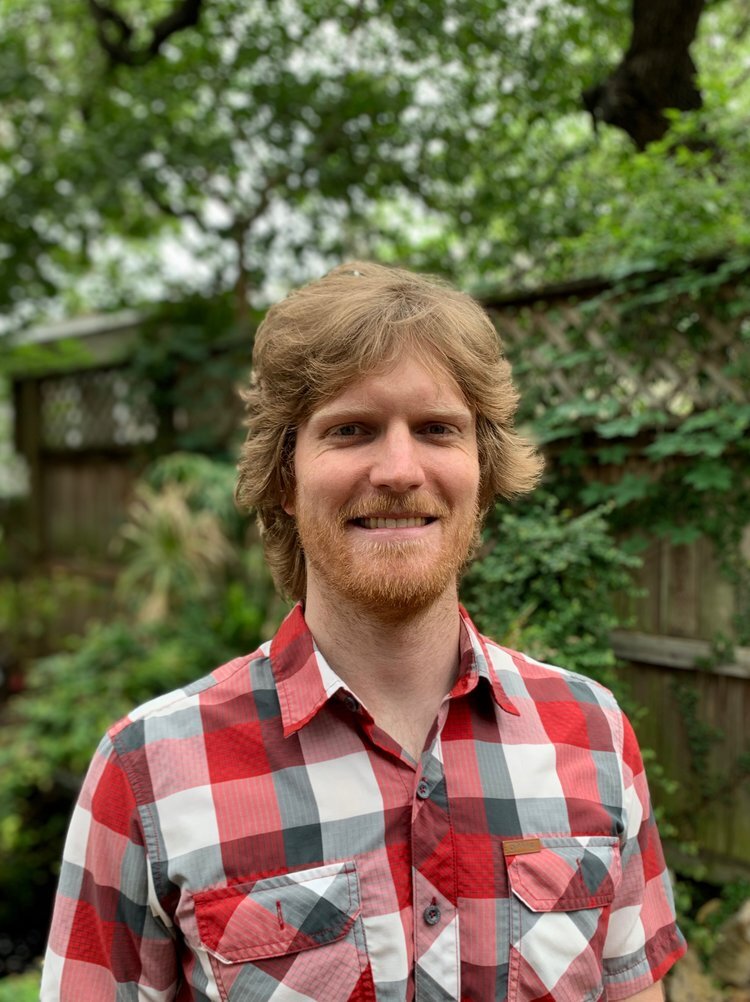AIA Austin Design Excellence Conference Presentations
By M. Walker
We’re thrilled to provide 4 fantastic sessions for this year’s conference. It’s not just for Austin architects - all are welcome. We can’t wait to see you there! Starts Wednesday so get your tickets quick.
Vitruvius Walks Into A Post COVID Building
8/19 12:45 PM CST
In some ways architecture has changed significantly over the past 2000 years. In other ways, much has stayed the same.
If Vitruvius, the ancient Roman “father of architecture” were to visit us during the first few decades of the third millennium, he would see much that much of the profession still aligns the three principles of architecture: firmitas, utilitas and venustas, that he laid down thousands of years ago. Firmitas, firmness or protection, was accomplished through structure and the use of physical barriers to protect occupants from intruders and the elements. Utilitas, or usefulness, is accomplished with a functional floor plan and by providing designated spaces for human activities, such as cooking, sleeping, or spending time with friends and family. Venustas, commonly translated as “delight” is the connection to the human spirit and is just as important today as it was to our Roman ancestors. Fast forward to 2022, a year following the COVID-19 pandemic, and Vitruvius would learn that people are spending the majority of their lives indoors and that his three principles applied to new buildings in fundamentally different ways by expanding in ways that were unforeseen. Firmitas had shifted focus from protecting occupants from other people to protecting occupants and their lungs from microbes and other negative health impacts. Utilitas had shifted from usefulness in the present to strategies to guarantee continued use of the building in the future, ensuring that projects can forge ahead during periods of disruption. If anything, utilitas has expanded the Roman use of cisterns to make a building habitable, and to recognize the primacy of power, mainly in the form of high quality reliable electricity. Finally, venustas or delight, has gained new meaning as the qualities of a building that lead to personal satisfaction with life. Post-COVID, many people rediscovered what is most important and we shifted our priorities to take advantage of simple pleasures of health, food, family, and friends. It's our imperative to take best aspects of the impacts from the pandemic and make them permanent, while making sure that the worst/negative aspects are gone forever. Join Vitruvius and your fellow session attendees for a sneak peek at the positive changes to architecture in the Post-COVID world.
2020 COTE Top Ten Awards
8/20 10:40 AM CST
The COTE® Top Ten Awards is the industry’s best-known award program for sustainable design excellence. Each year, ten innovative projects are recognized for their integration of design excellence with environmental performance.
This course will run through this year's Top Ten professional and student winning projects and demonstrate how "excellent" design can be achieved in this new era of climate change. Join your local COTE leaders and a handful of winning team members from across the country to learn how you can apply the Framework for Design Excellence measures to your projects.
2020 Is The New 2030: Strategies For Tackling Big Problems
8/19 10:40 AM CST
The Climate Crisis is a big problem. Almost too big for an individual to comprehend and seemingly too complex, and distant for an individual to do anything about.
While the potential impacts of non-action may seem abstract to an individual, from a societal standpoint, climate change is public enemy number one, with the potential to undermine almost all aspects of our economic and political systems. Architects were never asked to be stationed at the front lines of global health. It should be the politicians who make the rules or the oil companies that drive our demand for fossil fuels. But in a twist of fate, it’s the architects who have both the jurisdiction over buildings, (society's most significant polluters), and the skill sets to gracefully solve seemingly unsolvable problems. The steps we take during the next decade will be crucial for tackling climate change and will determine our success in 2030. But what can an individual architecture firm do to address such an enormous problem? Using a 12 step framework for taking on big problems, this optimistic session will offer simple actions that individual architects can take every day to become part of the solution.
Resilient Systems In Architecture
8/21 12:45 PM CST
Whether it’s to provide for independence and reliability or to reduce environmental impact, many owners and project teams are rethinking traditional utility services.
Incorporating resilient systems, based on renewable resources, into the architectural design process provides owners with the opportunity to avail themselves of resource and energy flows that arrive freely on their site. Whether it is to unlock the ability to engage in energy arbitrage, to provide power during wildfire shutdowns, or to prevent the inconvenience of a future boil-water notices, owners are increasingly interested in understanding the range of utility service options available so that they can thoughtfully provision their properties for the future. In this seminar we will share several case studies of projects where owners were supported to establish their resilient system priorities, by considering the types of available systems, and understanding their options for functional outcomes early in the design process. In these case studies, an owner-architect interview process was used to establish the owner's project requirements (OPR). These requirements were then mapped into quantitative specifications that provide for the basis of design (BOD). Knowing the resilient system OPR and BOD while the architectural design is still fluid unlocks production and integration synergies, as well as the ability to thoughtfully locate system components in ways that take aesthetics into consideration, rather than having these systems added after the home is already designed (i.e. the Mr. Potato-head model). Also significant, since the infrastructure for resilient systems is part of the overall architectural design it can be installed during the initial site work and construction phase. This streamlines installation, reduces overall cost and prevents future disruption to the site and landscaping. Once the infrastructure is in place, the property is provisioned to accommodate a phased implementation of resilient energy and water systems. Architecture is an enduring craft and, in terms of reliability, quality, cost and convenience, the future of site utilities is uncertain. Now is the time for architects to respond and support a rethinking of traditional utility services.
